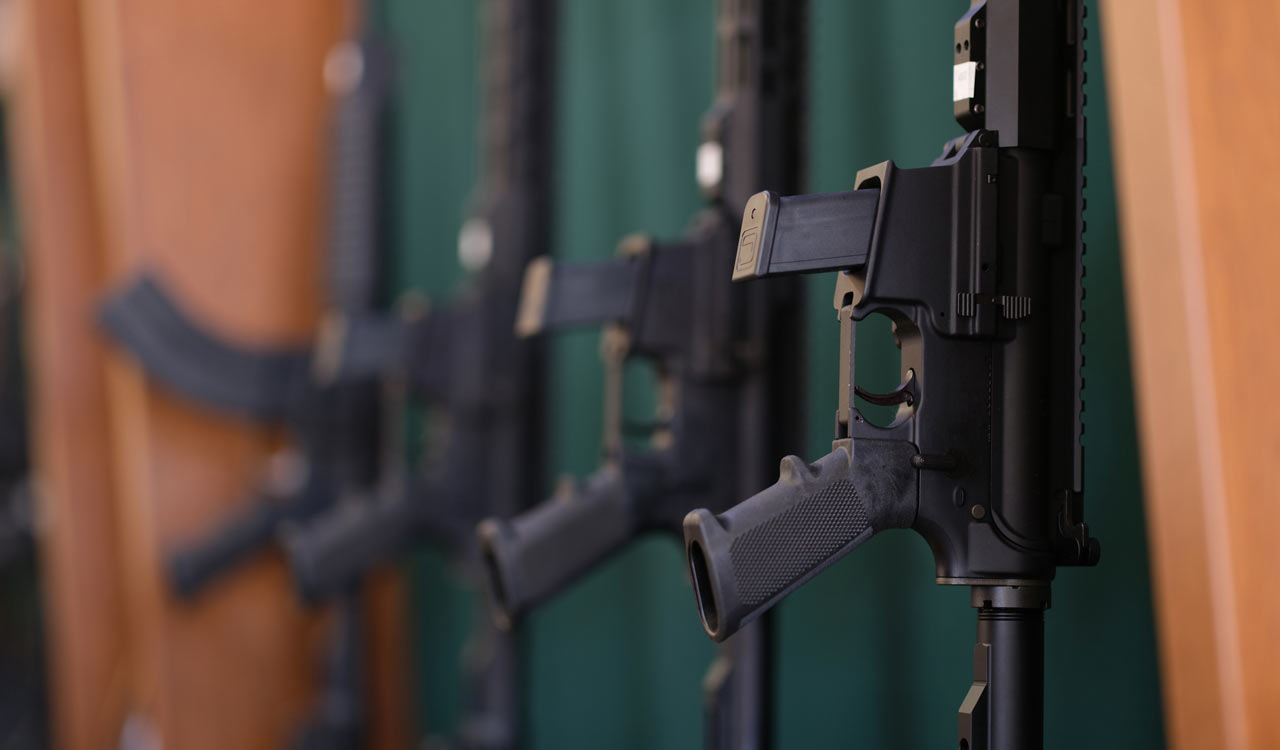The oft-repeated assertion about achieving self-reliance in the defence sector appears far-fetched as arms imports have only increased
Published Date – 13 March 2024, 11:59 PM

Representational Image
Despite the Centre’s boastful claims about the ‘Make in India’ initiative to promote the country as the most preferred global manufacturing destination, India continues to be the world’s top arms importer. The oft-repeated assertion about achieving self-reliance in the defence sector appears far-fetched as the country’s arms imports increased by 4.7% between 2014–2018 and 2019–2023. Russia continues to be the largest supplier, accounting for 36% of India’s total arms imports, according to the latest report by the Stockholm International Peace Research Institute (SIPRI). In fact, the period between 2014 and 2018 was the first five-year stretch in 50 years since 1960-1964 when deliveries from Russia or the erstwhile Soviet union made up nearly half of India’s arms imports. This shows how India is now looking increasingly to other countries to modernise its weaponry. For instance, it was the largest single recipient of French arms exports, accounting for nearly 30% in the period 2019-2023. France’s overall arms exports increased by 47% between 2014-18 and 2019-23, according to SIPRI. This is the first time that the country became the second-biggest arms exporter after the United States and just ahead of Russia. While indigenisation of defence equipment production must be promoted, India cannot afford to compromise on defence preparedness because it is wedged between two hostile neighbours — Pakistan and China. In such a situation, a fine balancing is needed involving a push for indigenisation initiatives and simultaneously seeking advanced weaponry from abroad to avoid glaring asymmetry on the twin battle fronts.
The ongoing war in Ukraine has brought home the stark reality that India is too dependent on foreign defence imports, particularly from Russia. With at least 50% of India’s overall military assets of Russian make, New Delhi has been forced to walk a diplomatic tightrope on the conflict. To encourage domestic production capabilities, the Defence Ministry gave the nod in 2022 for projects worth Rs 76,390 crore, including the construction of eight next-generation corvettes for the Navy, procurement of wheeled armoured fighting vehicles, and the manufacture of Dornier aircraft and Sukhoi-30 MKI aero-engines by Hindustan Aeronautics Limited. All the proposed capital acquisitions will be under the ‘Buy and Make Indian’ rubric. In the last eight years, the expenditure on the capital procurement of defence equipment from domestic vendors has generally remained higher compared with that from foreign entities. The procurement of next-generation corvettes and the manufacture of Dornier aircraft and Su-30 MKI aero engines are expected to enhance India’s combat capabilities. New Delhi is also seeking to boost defence exports to strengthen defence manufacturing and production. At present, India is the 24th largest arms exporter in the world and the target is to expand the defence manufacturing sector and become a bigger arms exporter generating a revenue of $5 billion by 2025.




